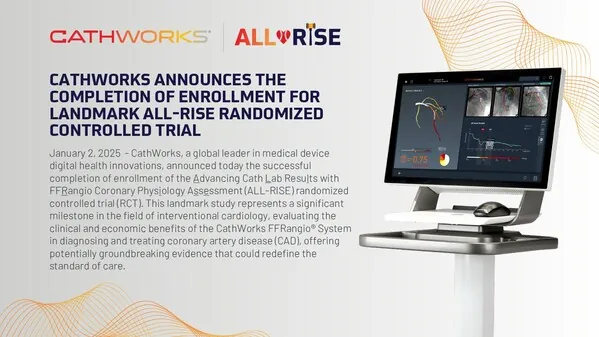
Groundbreaking Smartphone App Revolutionizes Opioid Addiction Treatment: New Study Reveals Shocking Results!
2024-12-31
Author: Yu
Introduction
In a significant breakthrough for addiction treatment, researchers from The University of Texas Health Science Center at San Antonio (UT Health San Antonio) have found that a smartphone app can dramatically reduce opioid use and enhance treatment retention for patients grappling with opioid use disorder (OUD). This pivotal study reveals that integrating this innovative app with medication not only lowers the number of days patients use opioids but also keeps them in treatment for longer periods.
Study Overview
The cohort study, which analyzed data from 600 underserved patients, demonstrated that those utilizing the app—designed to deliver contingency management behavioral therapy alongside peer support—reduced their days of opioid use by an impressive 35% compared to those receiving medication alone. Additionally, app users remained engaged in their treatment nearly 19% longer than those on traditional medication routes.
Expert Insights
“As we see a growing crisis surrounding opioid addiction, these findings indicate that enhancing medication for opioid use disorder with app-based management can yield clinical advantages, especially for underserved demographics,” stated Dr. Elise Marino, director of research operations at UT Health San Antonio's Be Well Institute on Substance Use and Related Disorders.
Economic Impact
The economic impact of opioid use disorder is staggering, reaching an estimated $968.9 billion annually in the United States. With the treatment landscape dominated by evidence-based medication such as methadone, buprenorphine, and naltrexone, there remains a pressing need to bolster these therapies. Many patients face hurdles in reducing their opioid consumption and maintaining their treatment regimens, signifying that supplemental therapies are essential.
Challenges of Traditional Treatment
Traditionally, contingency management (CM), which incentivizes treatment goals through financial rewards, necessitated frequent in-person clinic visits—something many patients found challenging, especially during the pandemic. Barriers such as transportation difficulties and childcare needs only compounded the issues, creating a greater demand for alternative treatment options.
The WEconnect Health CM App
Enter the WEconnect Health CM smartphone app, which ushers in a new era of recovery-oriented solutions. This comprehensive app not only sets substance-related behavioral targets but also allows patients to establish personal daily goals—ranging from attending recovery meetings to engaging in self-care activities like walking or reading. Furthermore, it offers tools for tracking progress and payments, along with one-on-one peer support and online meetings led by certified peers, all available outside typical clinic hours.
Research Findings
As they evaluated the effectiveness of the app, researchers gathered data from opioid treatment programs across Texas between November 2020 and November 2023. The results were illuminating: participants who opted for the app-based CM reported an average of just 8.4 days of opioid use at the end of their treatment, compared to 12 days for those who received medication alone. Retention analysis further highlighted that app users remained in treatment for an average of 290.2 days versus 236.1 days for the non-app group.
Conclusion
The implications of these findings are enormous. Not only does this study affirm the potential life-saving benefits of the WEconnect app, but it also underscores an urgent call to expand access to such innovative tools. As communities grapple with the opioid crisis, the fusion of technology with therapeutic strategies could pave the way for more effective treatment pathways and a brighter future for those affected by addiction.
Future Directions
This pioneering research reiterates the necessity of integrating technology into healthcare, particularly in addiction treatment, setting a precedent that could reshape how we address opioid use disorder in the coming years.




 Brasil (PT)
Brasil (PT)
 Canada (EN)
Canada (EN)
 Chile (ES)
Chile (ES)
 España (ES)
España (ES)
 France (FR)
France (FR)
 Hong Kong (EN)
Hong Kong (EN)
 Italia (IT)
Italia (IT)
 日本 (JA)
日本 (JA)
 Magyarország (HU)
Magyarország (HU)
 Norge (NO)
Norge (NO)
 Polska (PL)
Polska (PL)
 Schweiz (DE)
Schweiz (DE)
 Singapore (EN)
Singapore (EN)
 Sverige (SV)
Sverige (SV)
 Suomi (FI)
Suomi (FI)
 Türkiye (TR)
Türkiye (TR)